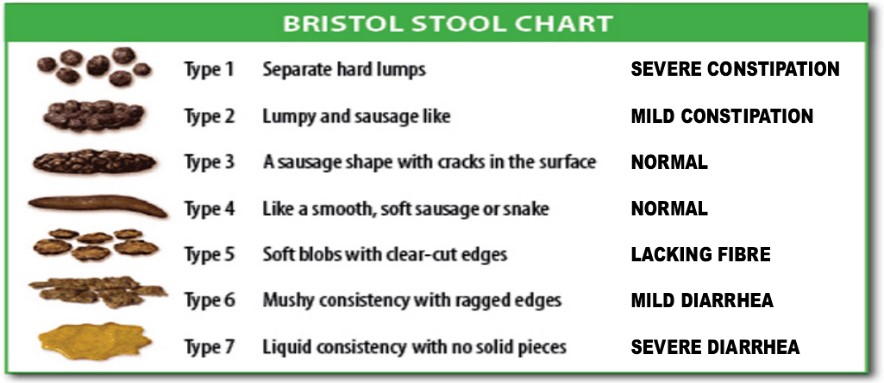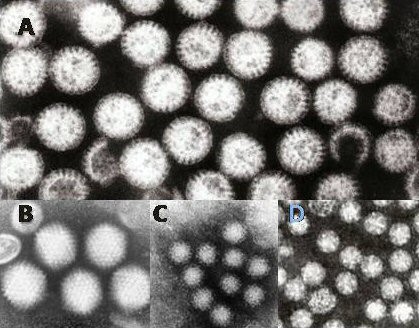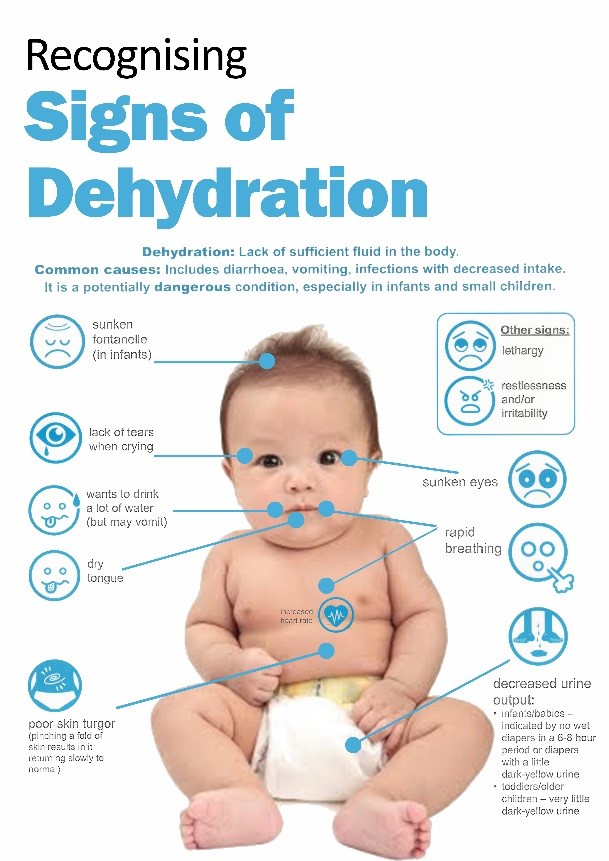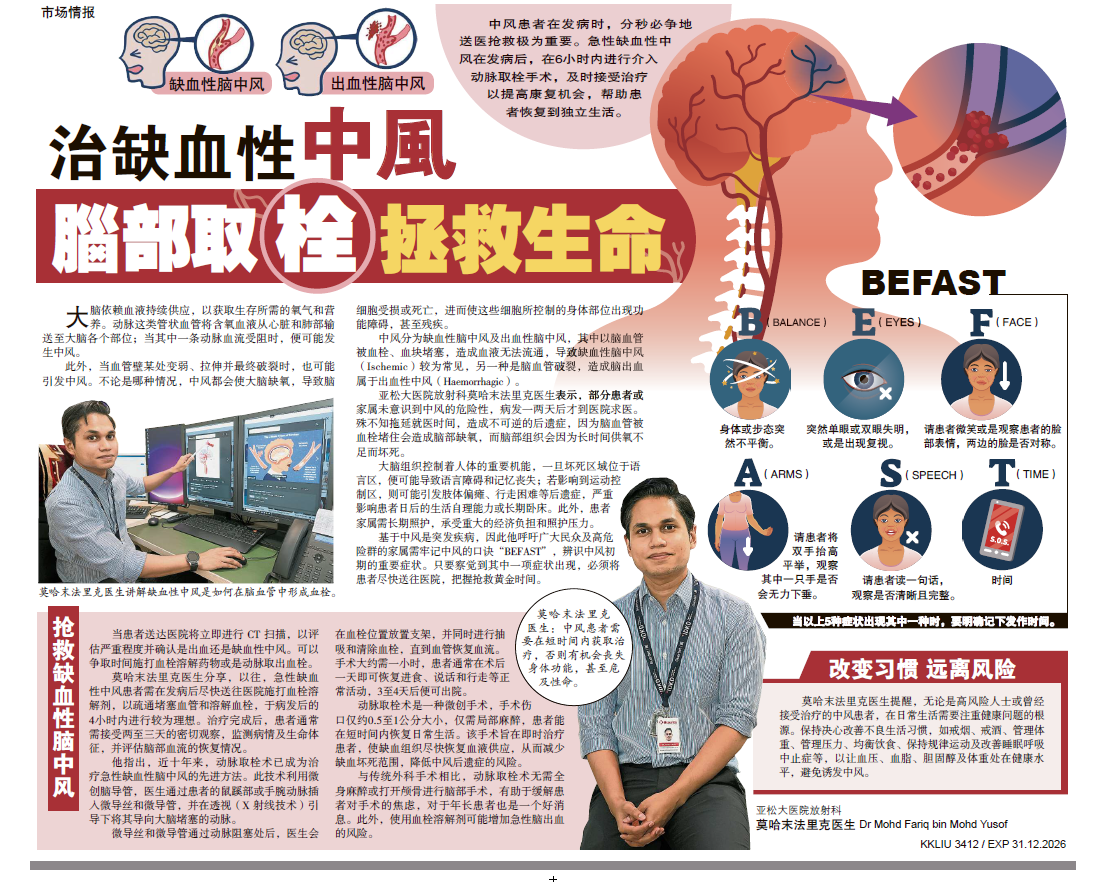Diarrhoea is defined as the passage of unusually loose or watery stools usually at least 3 times in a 24 hour period. It is the consistency rather than the frequency that is important. Frequent passing of formed stools is not considered diarrhoea. Similarly breast fed babies may pass loose stools, sometimes up to 6 to 7 times per day.

Acute diarrhoea also called acute gastroenteritis is the second most important cause of childhood mortality worldwide. It is estimated that about 1.9 million children younger than 5 years, die of acute diarrhoeal diseases.
The main problem with diarrhoea is its ability to cause rapid fluid loss through the stools, in addition to electrolytes. As a result dehydration and electrolyte loss are the main causes of mortality and morbidity.
Diarrhoea may also be the initial sign or co-exist with non-gastrointestinal illness such as viral infections, septicaemia, pneumonia, meningitis, urinary tract infection, appendicitis and intussusception. In addition, vomiting without diarrhoea can be the first symptom of a host of diverse surgical and metabolic conditions.
Causes
Rotavirus is the main cause of diarrhoea accounting for about 40% both worldwide and in Malaysia. Other viral causes include norovirus, adenovirus and calcivirus. Common bacterial causes include non typhoidal Salmonella, Escherichia coli, Campylobacter, and Shigella. Parasitic causes include amoebiasis and giardiasis. Some sources associated with diarrhoea include contaminated water under or uncooked meat, poultry, seafood, eggs, raw sprouts, fruit and vegetable juices.

Gastroenteritis viruses
A: Rotavirus
B: Adenovirus
C: Norovirus
D: Astrovirus
Signs and symptoms
There are four clinical types of diarrhoea namely acute watery diarrhoea, acute bloody diarrhoea, persistent (chronic) diarrhoea and diarrhoea with severe malnutrition. Every child with diarrhoea should be assessed for dehydration and its complications. Criteria for admission into hospital includes moderate to severe dehydration, persistent vomiting or the presence of other complications. Dehydration can be assessed clinically by looking at a few signs and symptoms in the child.

Common electrolyte disturbances that can occur includes hyponatremia, which can cause fits. Rarely may you get hypernatremia due to erroneous feeding with too much milk powder or homemade salt solution, again risking brain swelling and fits. Hypokalemia may cause distended abdomen and muscle weakness. Severe dehydration can lead to shock, kidney failure and death.
Perianal rash and excoriation is commonly seen due to acidic stools interacting with the skin and sometimes with yeast superinfection.
Prolonged diarrhoea (diarrhoea lasting more than 2 weeks) occurs in about 2% of Malaysian children with acute gastroenteritis. It is due usually to a combination of secondary lactose intolerance, cow’s milk protein intolerance and recurrent infections. Secondary lactose intolerance is due to damage of the intestinal microvilli by the offending pathogens. Cow’s milk protein intolerance is caused by permeability of the gut to foreign proteins following the intestinal mucosal damage.
Management
Gastroenteritis is usually an acute and self-limiting disease which does not no require medication.
For those with mild to moderate dehydration, the preferred treatment is oral rehydration therapy (ORT) with specially formulated hypo-osmolar salts. Drinks high in simple sugars such as soft drinks are not recommended, as they may increase the diarrhoea. Rather plain water may be used if ORT is not available. Drinks made with complex carbohydrates (rice or wheat) may be useful. Food should be withheld for no longer than 4 to 6 hours after starting rehydration. Those with vomiting may be given a single dose of anti-emetic medication. Small and frequent feeds by spoon or cup is helpful in the vomiting child. Lactose free or low lactose formula are not necessary in most cases.
Diarrhoea may be improved with a few medications. Adsorbing agent like silicates binds with bacteria and rotavirus is useful. The anti-secretory drug racecadotril has been found to be useful as an adjunctive therapy as some probiotics have been shown to be beneficial in reducing the duration of illness.
Antibiotics are not usually used for gastroenteritis except if a bacterial cause is suspected or isolated. Oral Zinc supplementation has been shown to be usefull in children with severe malnutrition. Prolonged diarrhoea may have to be treated with special extensively hydrolysed hypoallergenic milk formula, elemental amino acid formula or intravenous hyperalimentation, under the supervision of a specialist.
Prevention
One of the best measures of prevention of childhood diarrhoeas is the promotion of breast feeding. Other measures include the use of safe drinking water and the improvement of environmental hygiene. Proper hand washing, clean milk bottles and hygienic preparation of feeds is a major factor in reducing contamination.
Vaccination against rotavirus is now available in Malaysia, although it is not yet a part of the national immunisation programme. Two rotavirus vaccines Rotateq and Rotarix are available. They are to be given orally in early infancy. Both are safe, efficacious and highly recommended.











